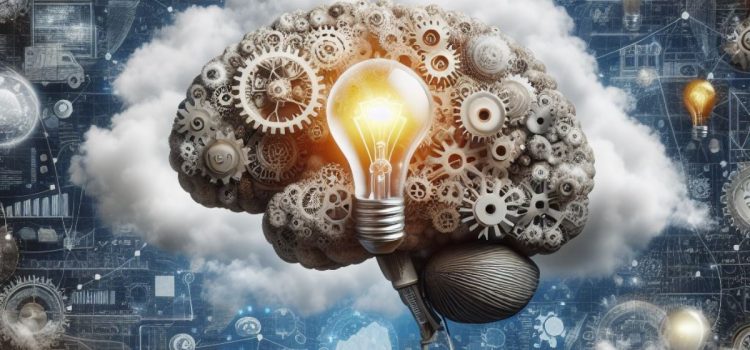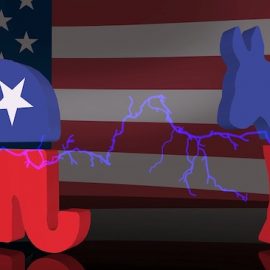

This article is an excerpt from the Shortform book guide to "That Little Voice In Your Head" by Mo Gawdat. Shortform has the world's best summaries and analyses of books you should be reading.
Like this article? Sign up for a free trial here.
What’s a flow state of mind? How do you get into this state of “flow?”
One of Mo Gawdat’s tips to program your brain for happiness is to get into a flow state of mind. Flow is a state of intense, uninterrupted focus where your overall performance soars.
Here’s how to achieve the flow state of mind so your environment fades into the background.
Get Into Flow
Gawdat says that reaching a flow state of mind makes us happier not only because it allows us to direct our mind, but also because of the chemicals our brain releases in this state.
(Shortform note: The concept of flow states was introduced by Mihaly Csikszentmihalyi in the 1970s and popularized by his 1990 book Flow. Csikszentmihalyi, like Gawdat, believes that getting into a state of flow is the key to achieving happiness in life. However, whereas Gawdat says flow leads to happiness because of the chemicals our brain releases, Csikszentmihalyi believes that flow leads to happiness because it gives us maximum control over our thoughts, feelings, and life path.)
In flow, writes Gawdat, our brain releases norepinephrine, serotonin, dopamine, and anandamide. Norepinephrine triggers flight-or-fight mode and gives us the focus needed to escape danger. Serotonin is the chemical of calmness and happiness and subdues the effects of norepinephrine so that we can get the high focus it provides without the stress and fear we would normally experience. This combination then causes our brains to release dopamine—the happiness chemical. Anandamide is also released, which boosts memory and creativity.
(Shortform note: Experts reiterate Gawdat’s argument that the combination of chemicals released during flow is what makes us happy. However, in addition to the four Gawdat discusses, they note that endorphins are the fifth key ingredient to the flow formula. They add that the biggest reason these five ingredients are so effective is because they’re the most rewarding chemicals the brain can produce, and flow is the only time when all five are released simultaneously.)
Gawdat says two factors are required to reach a state of flow.
First, to reach flow you must dedicate a block of uninterrupted time to the task. This is because it takes time to reach flow—unless you’re an expert, it’s unlikely you’ll be able to sit down and immediately reach this state. Rather, as you work, the task will seem harder and harder until your focus peaks and you enter flow—at this point, the task will seem a bit easier, and you’ll get a better grasp of how to accomplish your goal. Further, every time you’re interrupted, you’ll break flow and have to take time to get back into it—avoid this by making sure in advance that you won’t be interrupted.
(Shortform note: In Flow, Csikszentmihalyi also emphasizes the importance of dedicating uninterrupted time to reach flow; however, he also recognizes that barriers may make this more difficult for certain people. For example, people may face mental obstacles like Attention Deficit Disorder (ADD), which makes it hard to direct their attention, or schizophrenia, which makes it hard to filter out information, leaving people susceptible to overwhelm.)
Second, a task must be difficult but doable in order for you to reach a state of flow. Gawdat says easy tasks don’t require your full attention, and therefore your brain has room to wander. To reach flow, the task you’re performing must command your full attention and abilities. However, if the task is too hard, you’ll be unable to progress and therefore unable to reach flow.
(Shortform note: Csikszentmihalyi lists four categories of games and activities that are challenging enough to lead to flow. First are aleatory activities—those in which the outcome depends on chance but you still must use strategy to participate—for example, roulette. Second is mimicry—activities in which you create an alternate reality using disguise or fantasy—for example, acting. Third is vertigo—activities that cause you to rearrange your perspective—for example, spinning. Fourth is competition—activities where you’re matched against someone at a similar skill level and have to push yourself past your typical ability level to win.)

———End of Preview———
Like what you just read? Read the rest of the world's best book summary and analysis of Mo Gawdat's "That Little Voice In Your Head" at Shortform.
Here's what you'll find in our full That Little Voice In Your Head summary:
- How to understand and program your brain to produce positive actions and emotions
- The four processing errors that cause our brains to produce unhappiness
- Why you should get into the flow state more often






